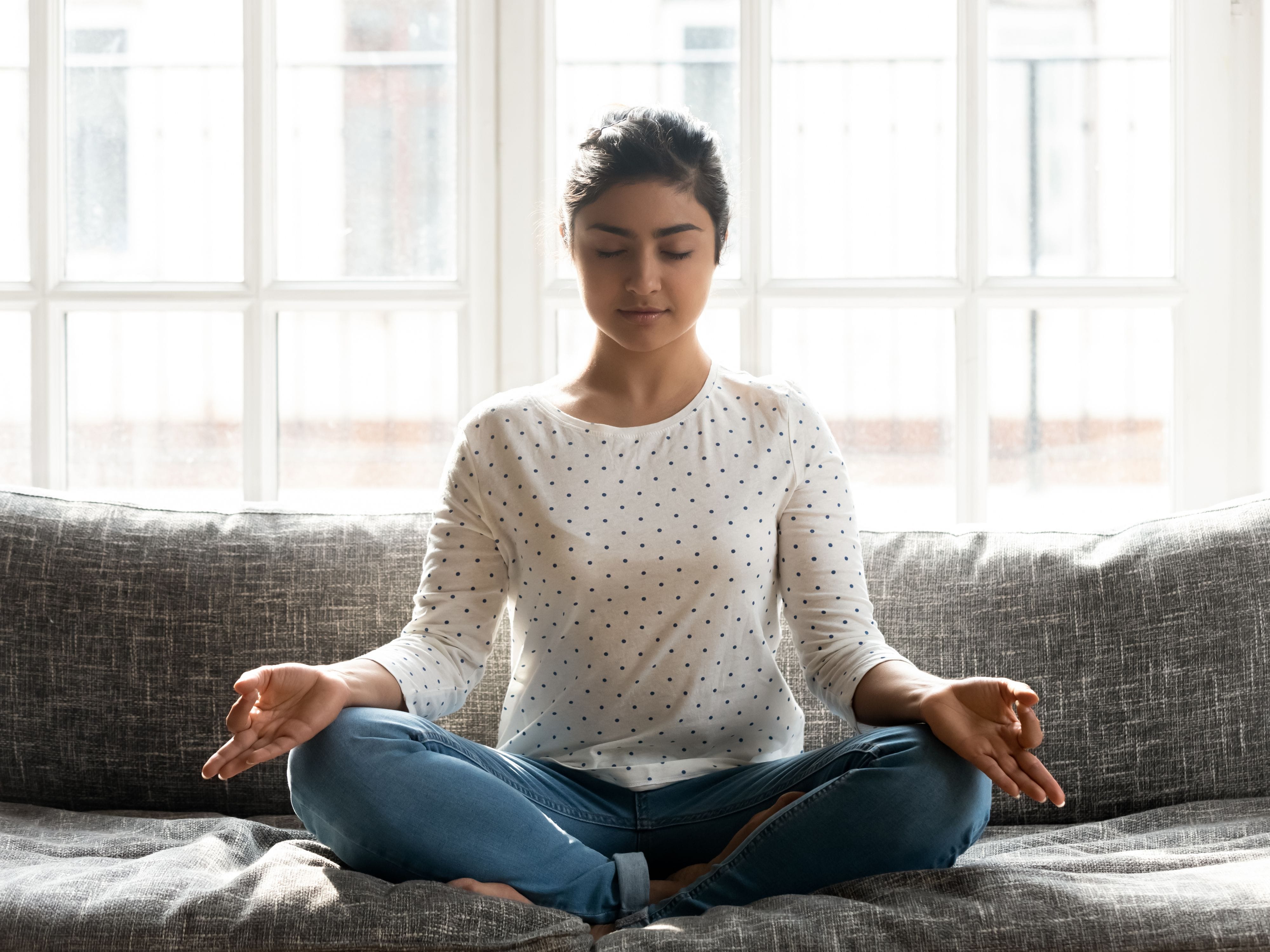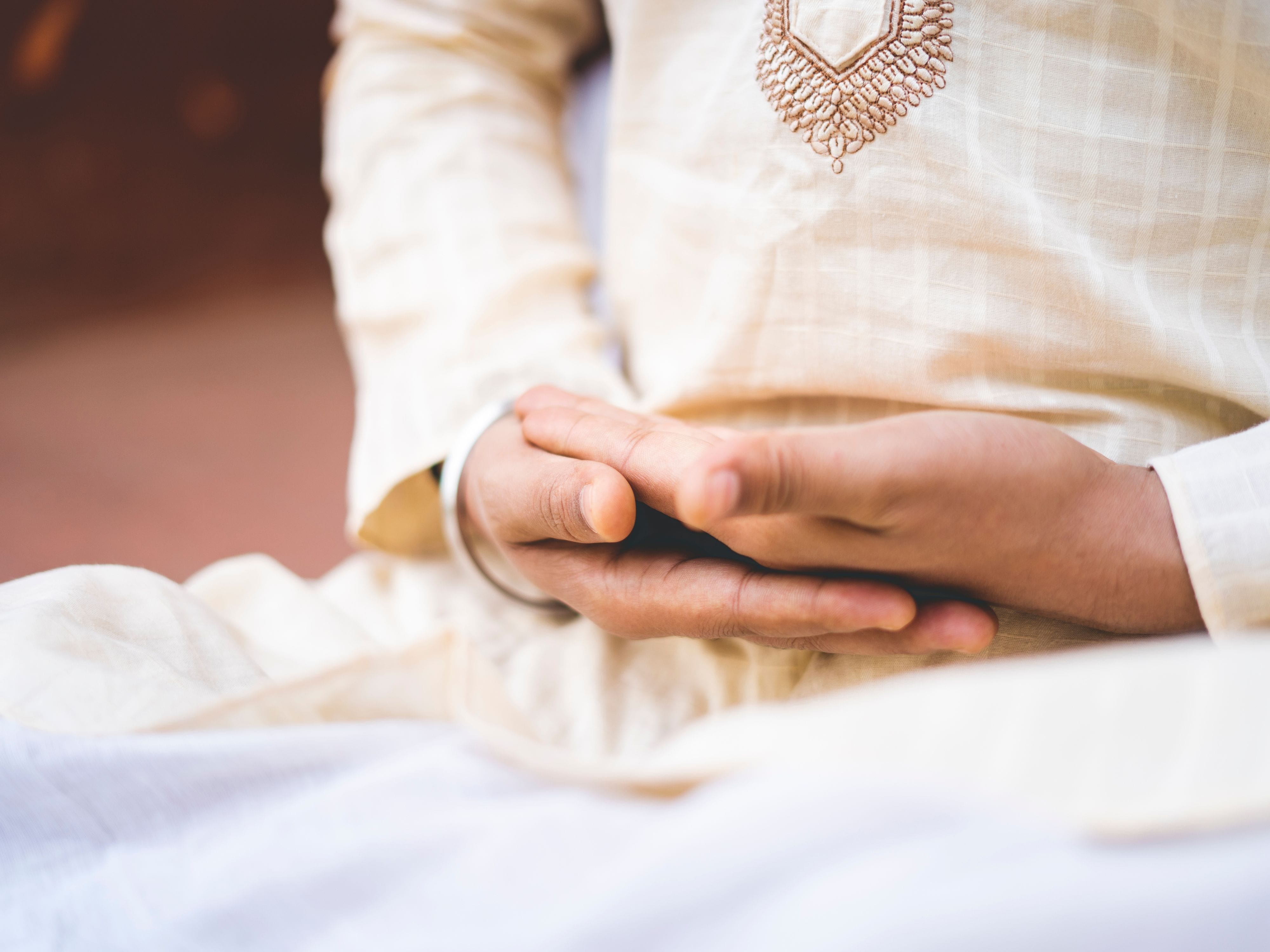
Stress is an unwanted companion in today's fast-paced world. Often caused by work pressure or personal commitments, the mental load often seems unbearable. But what if the solution to instant relaxation lies with your next breath? Introducing pranayama for relaxation, an ancient practice combining mindfulness and controlled breathing that opens the way to relax the mind and body.
Let's start with the basics of pranayama breathing and how it can change daily life.
The Fundamentals of Pranayama
What is Pranayama?
Pranayama has its roots in the Sanskrit letters "prana" (the life force) and "ayama" (extension or control). It is a central element of yoga, which involves the regulation of inhalation and exhalation of your breath in order to control the energy cycle in your body. Pranayama brings a feeling of balance, clarity, and relaxation by practicing different types of breathing exercises.
What Makes Pranayama Essential?
Your breath serves as a connection between your body and mind. It is deep and steady when you're calm and shallow when you're scared. You can take charge of this process by engaging in pranayama exercises, which foster a deep sense of well-being.
How Does Pranayama Work?
Breathing stimulates the parasympathetic nervous system, lowers cortisol levels, and oxygenates the brain by controlling the breath's inhale, exhale, and retention phases. This promotes mindfulness and relaxation, helping the body and mind unwind deeply.
Who Can Practice Pranayama?
It's suitable for all. Whether beginners or advanced practitioners, pranayama meditation suits everybody who seeks relief from stress or to improve focus.
Top Pranayama Exercises for Relaxation

1. Nadi Shodhana (Alternate Nostril Breathing)
Alternate nostril breathing, or Nadi Shodhana, is a relaxing technique that harmonizes the body's energy channels. It's particularly effective for promoting relaxation and lowering anxiety.
How to Practice:
- Sit in a comfortable position.
- Close your right nostril with your thumb and inhale through your left.
- Close your left nostril with your ring finger, then exhale through your right nostril.
- Repeat for 5 minutes.
This pranayama exercise helps clear mental fog and instills a sense of calm.
2. Bhramari (Bee Breath)
This approach is known for its soothing vibrations and can instantly quiet an anxious mind.
How To Practice:
- Sit erect and close your eyes.
- Inhale deeply and exhale while humming like a bee.
- Repeat for 5 to 10 cycles.
According to research, Bhramari can reduce heart rate and tension.
3. Ujjayi (Victorious Breath)
Although this method is frequently employed in yoga positions, it works just as well for standalone relaxation.
How To Practice:
- With your throat slightly constricted, take a deep breath via your nose.
- Keeping your constriction the same, exhale through your nose.
- Repeat for 5 minutes.
Ujjayi lowers stress and increases oxygen intake.
4. Kapalabhati (Skull-Shining Breath)
This stimulating method is excellent for reviving the mind and removing mental clutter.
How To Practice:
- Maintain a straight back when sitting comfortably.
- Inhale deeply, then exhale through your nose while clenching your abdominal muscles.
- Repeat for 1-2 minutes.
It works well to reset your energy levels, although it's not as soothing as other methods.
Incorporating Pranayama into Daily Life

Including this exercise in your daily routine can have a profound impact on your overall well-being, stress reduction, and focus. Setting the tone for a peaceful and effective day, here are some ways you can practice pranayama daily
1. Morning Routine
Begin your day with 5 minutes of Nadi Shodhana to set a calm and focused tone for the day. This simple pranayama exercise can make a big difference.
2. Mid-Day Breaks
Feeling overwhelmed at work? Try Bhramari to instantly centre yourself and regain focus.
3. Evening Wind-Down
End your day with Ujjayi breathing to relax your body and mind before sleep.
4. During Meditation
Pairing your meditation with pranayama breathing techniques amplifies mindfulness and helps deepen your practice.
Take a Deep Breath and Begin

Pranayama offers a simple yet powerful way to find peace in a chaotic world. Whether you’re new to the practice or looking to deepen your existing routine, these techniques can transform your approach to relaxation.




